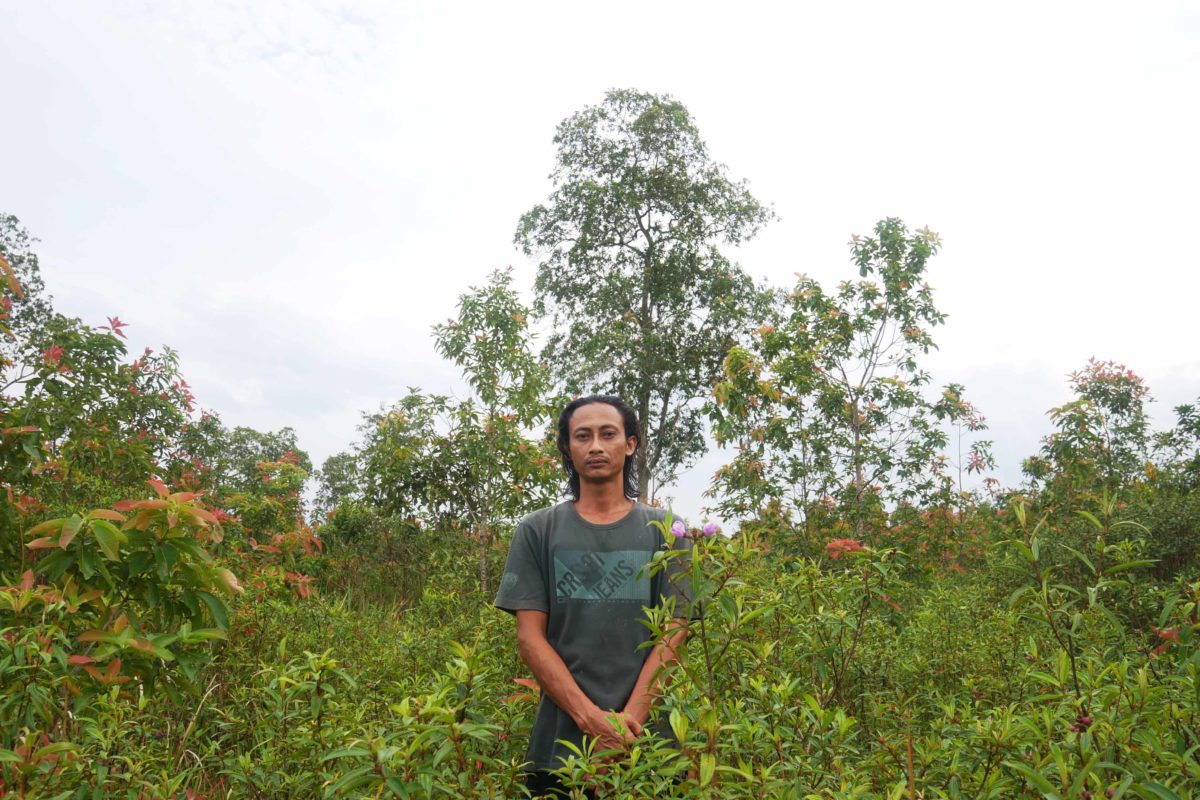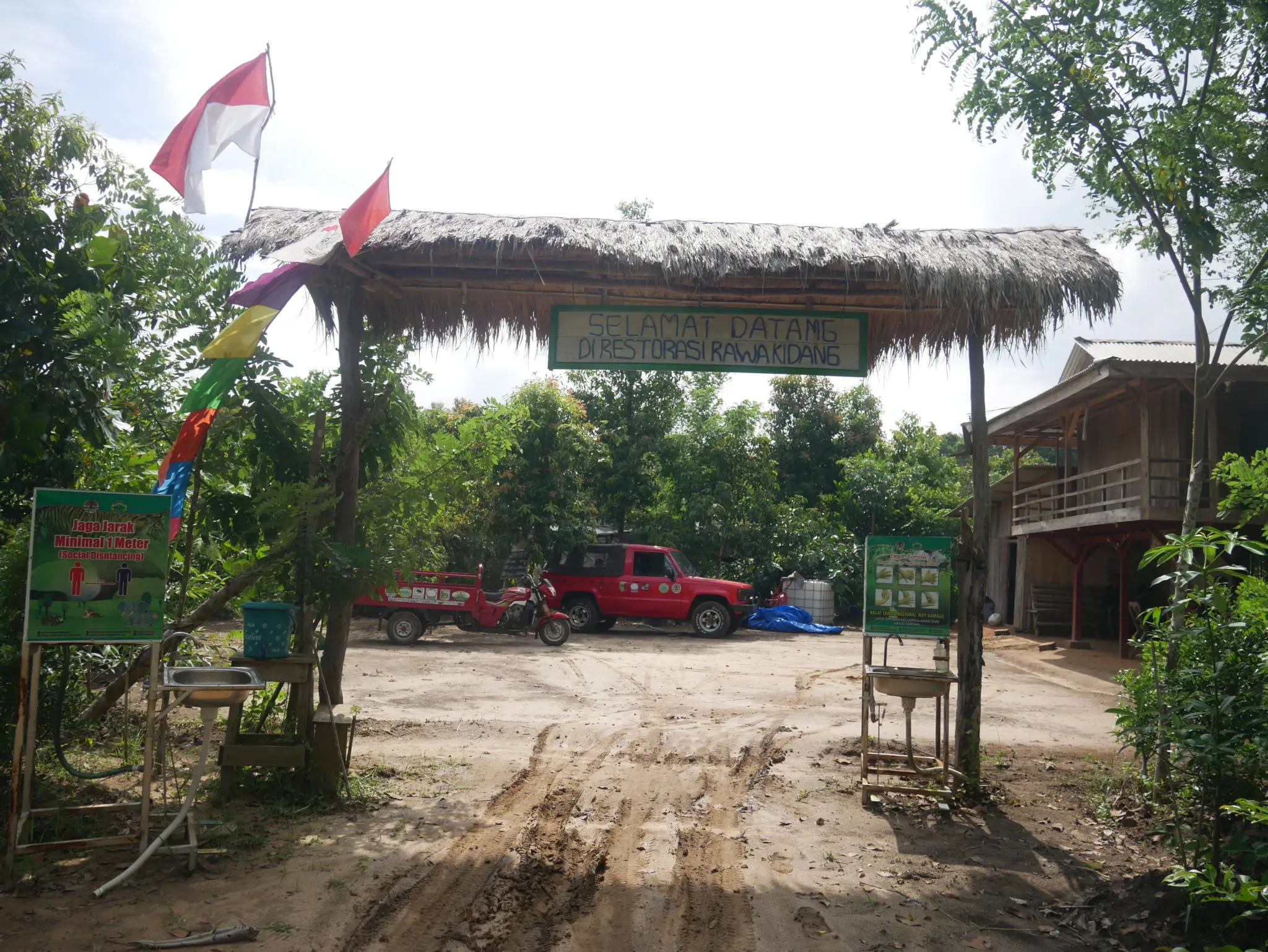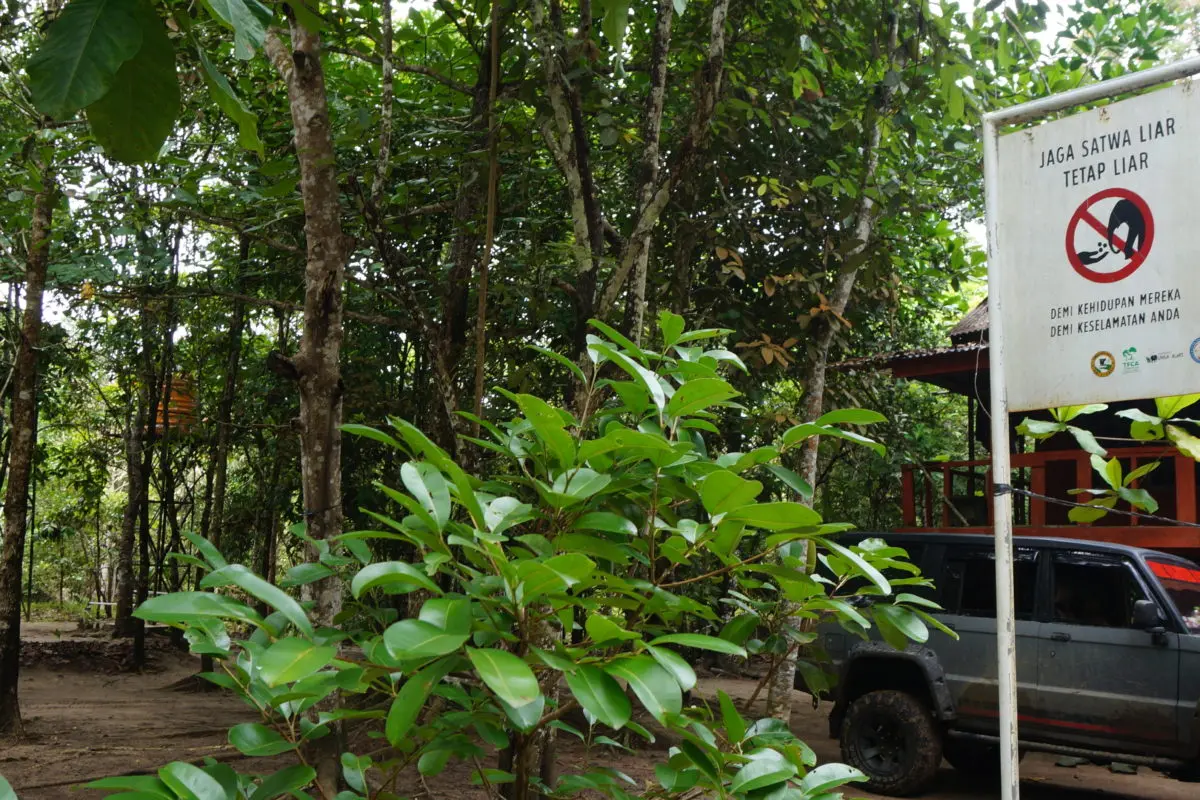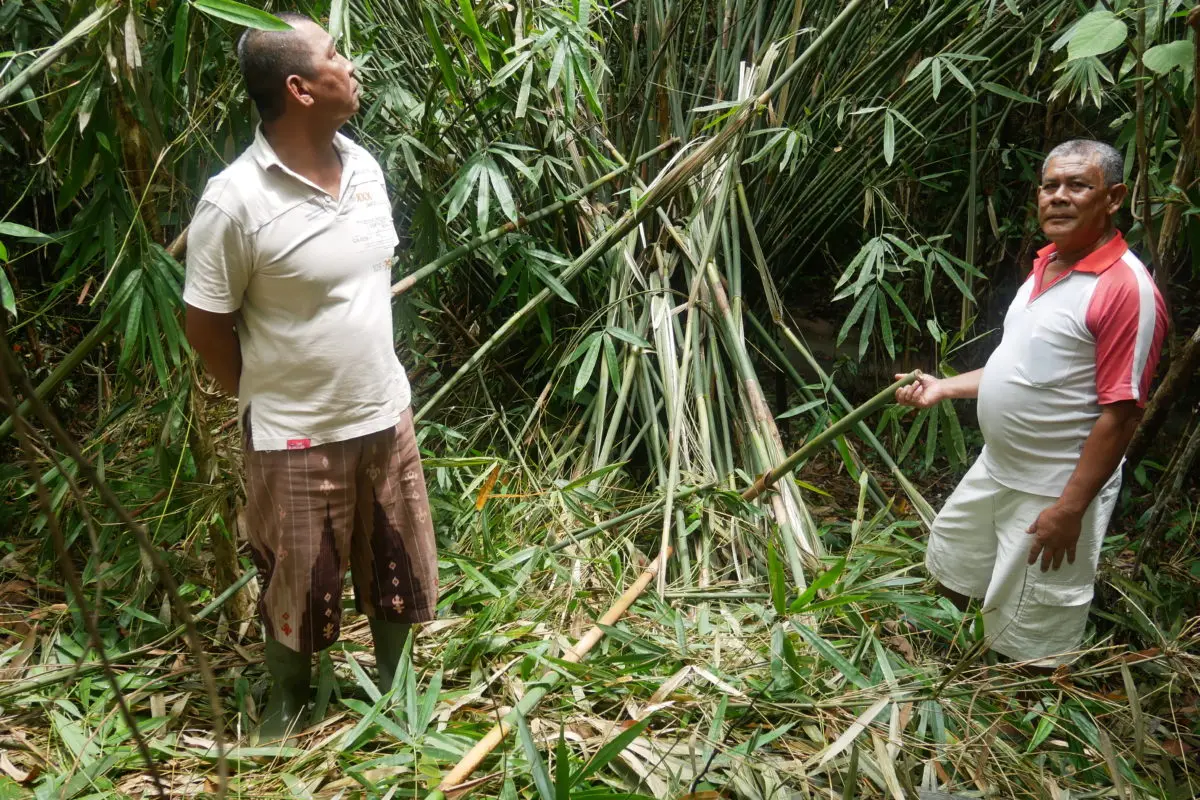
This story excerpt was translated from bahasa Indonesia. To read the original story in full, visit Mongabay. You may also view the original story on the Rainforest Journalism Fund website here. Our website is available in English, Spanish, bahasa Indonesia, French, and Portuguese.
- Way Kambas National Park is surrounded by 38 buffer villages, making access in and out of the area very easy. The threat of poaching and illegal logging continues to this day. Forest fires also occur as a result of this massive animal poaching.
- According to data from the Way Kambas National Park Center in 2021, in the last 10 years there have been 22 cases of elephant deaths due to poaching for ivory and teeth. Sumatran elephants (Elephas maximus sumatranus) are endangered endemic animals. Their natural habitat includes this national park.
- The community plays an important role in protecting the area, including the people of several villages around Way Kambas National Park. They have become partners with Way Kambas National Park, taking action to plant and care for trees and protect the area from fire.
- Danang Wibowo, ALeRT's Reforestation, Social and Tourism Coordinator, said that the community is at the forefront of forest fire prevention and forest restoration around the national park area.
Brownish tree shoots stand out around the Rawa Kadut restoration area, Way Kambas National Park, Lampung. This is a mentru or puspa plant, an endemic fire-resistant tree. If it burns, the above-ground trunk will blacken, but the roots will survive and grow new branches.
Arum Mustazin still remembers how fires devoured the plants in 2015. Trees like mentru, sungkai, laban, water jambon, ketapang, gaharu, and sempu at only seven months old were consumed by the fire. Their height at that time was still competing with weeds and melastoma or senggani plants, around 30-50 cm.
Arum is a resident of Bungur Village, Way Bungur, East Lampung, Lampung, who worked with the Silvagama Foundation—now the Auriga Nusantara Foundation in the restoration area at Rawa Kadut, Way Kambas National Park (TN). At that time, Silvagama was still part of the Aliansi Lestari Rimba Terpadu (AleRT) consortium for reforestation.

As a nonprofit journalism organization, we depend on your support to fund journalism covering underreported issues around the world. Donate any amount today to become a Pulitzer Center Champion and receive exclusive benefits!








